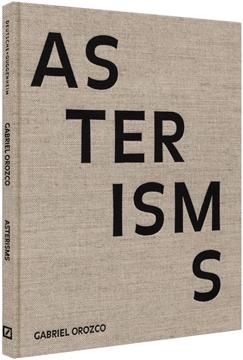Currently watching: Over Your Cities Grass Will Grow (2010) dir Sophie Fiennes.
…continued
These remains; his artistic leftovers that are individual site-specific works in their own right but also a mega sculpture park of one man’s practice in a defined period of time, have been abandoned. He has reportedly left them to the French state to do what they wish, currently fenced off from the public with a security guard and 3 dogs to keep watch. This film documents the making of Kiefer’s ruins.
Ruins seems the most appropriate category for this sculptural paradise Kiefer has left behind. On the one hand his artistic style renders the specifically made objects to look ruined (and hence the initial reason I was reluctant to categorise his work as rubbish at all) and on the other hand they have been abandoned to become overrun with weeds and returned to the former wasteland.
Kiefer cites mythological Lilith as being particular inspiring for the great concrete towers. Originally Lilith was a Jewish folktale and according to Isaiah xxxiv. I4-I5, Lilith dwells among the desolate ruins in the Edomite Desert where satyrs (se’ir), reems, pelicans, owls, jackals, ostriches, arrow-snakes and kites keep her company. The Bible mentions the Lilith only once, as a dweller in waste places (Isaiah 34:14) (ref Jewish Women’s Archive).
The film title is derived from the Lilith story. In 2001 Ardi Poels curated a show at Hidde Van Seggelen Gallery, London, with the same title Over Your Cities Grass Will Grow and says this: “Our understanding of Lilith’s words when Adam expulsed her from Paradise, evokes a twist: Over Your Cities Grass Will Grow once meant to be an apocalyptic threat, can also be interpreted as an Arcadian prediction. In this scene from the Old Testament we can discern the three components of a dynamic triangle in the history of art: Lilith (the individual), Paradise (nature) and the city (the collective).”
Kiefer’s installation La Ribaute translates roughly to The Holliday (googletranslate) as in holyday noun. a day on which a religious observance is held (OED). The complex is also reportedly near a road called La Riboute in Barjac according to a blogger who tried to track La Ribaute down in an aptly named blog apieceoplastic.
Although this film remains as a trace of the process, I think Kiefer left La Ribaute to ultimately be discovered at a much later date, when, as the film title suggests in a literal sense, grass has overgrown to artist’s ‘city’. The French state could turn it into an amusement park of sculpture tourism if they wanted but I guess he was banking on them doing nothing in his lifetime. Kiefer in interview sounds keen to observe natural processes at play in his art and leaving elements to chance (such as the way a piece of glass shatters as he throws it to the ground or the way acid drips down the giant lead books). What could be more chance than letting nature and the elements take hold in amongst the concrete, lead and glass he has left?





